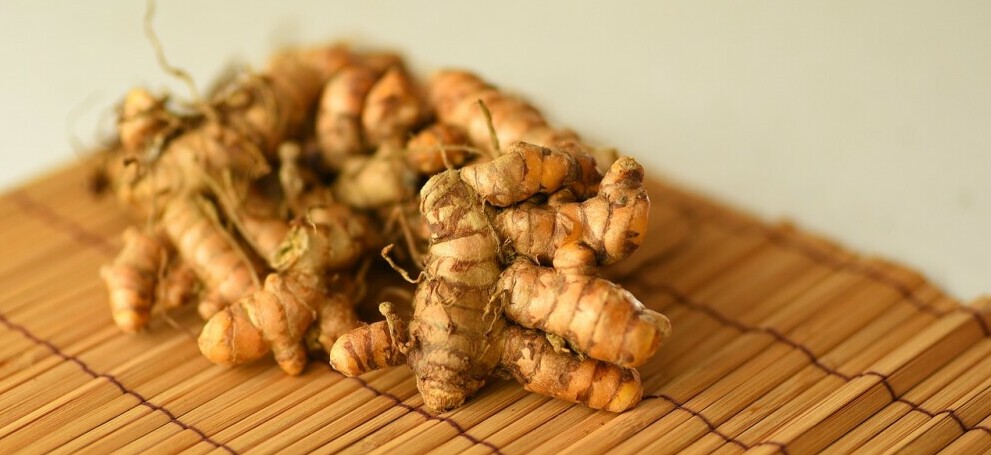This article contains affiliate links. For more information, please read my Affliate Disclosure
Ancient History: Turmeric (Curcuma longa) is native to Southeast Asia, particularly India, where it has been cultivated for over 4,000 years. Ancient Indian texts like the Rigveda, dating back to 2500 BCE, mention turmeric as a sacred herb used in rituals and ceremonies. Across India, turmeric holds deep cultural significance beyond culinary use. It is referred as a symbol of prosperity, fertility, and purification. In Hindu weddings, turmeric paste is applied to the bride and groom as part of the pre-wedding rituals known as the “haldi ceremony.”
Traditional Medicine: Ayurveda, the ancient Indian system of medicine, blessed turmeric for its medicinal properties. It was used to treat various ailments, from skin conditions to digestive issues, owing to its anti-inflammatory and antioxidant properties. Turmeric’s journey beyond India traces back to ancient trade routes. It reached China by 700 AD, where it became a staple in traditional Chinese medicine. Arab traders introduced it to Europe in the 13th century, where it gained popularity not only as a spice but also as a dye and a medicinal herb.
Modern Rediscovery: Now in the 20th century, scientific interest in turmeric’s healing potential rose. Researchers identified curcumin as the active compound responsible for many of turmeric’s health benefits, sparking a wave of studies on its anti-inflammatory, antioxidant, and even potential anticancer properties. Turmeric has transcended its cultural and historical roots and is now widely used in culinary creations, from curries to smoothies, and has also become a supplement, skincare product, and even a latte.
So now that we have looked into the history and benefits of Turmeric let’s begin our harvest, process, and enjoy turmeric’s golden goodness.
Step 1: Harvesting Turmeric
Harvesting turmeric is a fun and rewarding process that starts with patience and ends with a valuable yield. Here’s how you can do it, I forgot to take the before we harvest photo, my son was so come on hurry up and let’s get started lol.
- Timing: Turmeric is typically ready for harvest 8-10 months after planting. Look for signs like yellowing leaves and dried stems to indicate readiness.
- Prepare the Soil: Before harvesting, gently loosen the soil around the turmeric plants to make the roots easier to pull out.
- Harvesting: Carefully dig around the base of the plant to unearth the rhizomes (roots). Use a garden fork or spade to avoid damaging the roots.
- Cleaning: Rinse the harvested turmeric under cool water to remove excess soil. Trim off any remaining stems and roots.


This photo here is one of 4 big clumps we pulled out

Step 2: Processing into Powder
Now that you have your fresh turmeric washed, let’s transform it into a vibrant powder for culinary and medicinal uses:
- Drying: Lay the cleaned turmeric rhizomes in a single layer on a drying rack or in a well-ventilated area. Allow them to dry, for the day before peeling.
- Peeling: Once dried peel the skins off the rhizomes, some prefer to boil the turmeric which helps the skin to fall off however I preferred the peeling method. Also, if you don’t want to stain your fingers I’d suggest wearing gloves.
- Grating: Once you have peeled all the turmeric rhizomes, it’s time to grate them and add to a drying rack, baking pan or dehydrator rack, I used my dehydrator to dry the Turmeric however if you don’t have one of those you can place on oven trays and dry at your lowest temperature. Dehydrators
- Grinding: Once dry, use a mortar and pestle or a spice grinder to grind the turmeric into a fine powder. Store the powder in an airtight container away from direct sunlight. Coffee or spice grinder
 This is only a 1/4 of what we have I’m so blown away with the amount we picked.
This is only a 1/4 of what we have I’m so blown away with the amount we picked.
 This is only some of the peeled Tumeric, however the pictures are just to show you the labor that goes into producing your own Tumeric powder.
This is only some of the peeled Tumeric, however the pictures are just to show you the labor that goes into producing your own Tumeric powder.

Grated Turmeric which is now placed on dehydrated rack ready for drying and from the peels, we grated 3 trays.

This is now the turmeric dried.

All I used was a coffee grinder to grind up the dried turmeric.

From the picture of the peeled Turmeric to 3 dried trays this made 114grams of powder.
Time to go and complete the rest of the harvest.
Health Benefits of Turmeric
Turmeric is not just a spice; it’s a powerhouse of health benefits: I will be doing some recipes that involve Turmeric at a later date.
- Anti-Inflammatory: Curcumin, the active compound in turmeric, has potent anti-inflammatory properties that may help alleviate conditions like arthritis.
- Antioxidant: Turmeric is rich in antioxidants that combat oxidative stress and support overall cellular health.
- Digestive Aid: It aids digestion by stimulating bile production and reducing gut inflammation.
- Immune Booster: The immune-modulating effects of turmeric can help strengthen the body’s defense mechanisms.
So as you savor the aroma and taste of freshly ground turmeric, reflect on the blessings of nature and the Creator’s wisdom in providing us with such treasures for nourishment and healing.
Growing, harvesting, and processing turmeric is a gratifying journey that connects us to nature’s bounty and offers a myriad of health benefits. Whether sprinkled into recipes or used medicinally, turmeric’s golden touch enhances both body and soul.
May your turmeric harvest be abundant, and may its golden glow illuminate your path to wellness and spiritual enrichment.
Happy harvesting!
Faith xx

